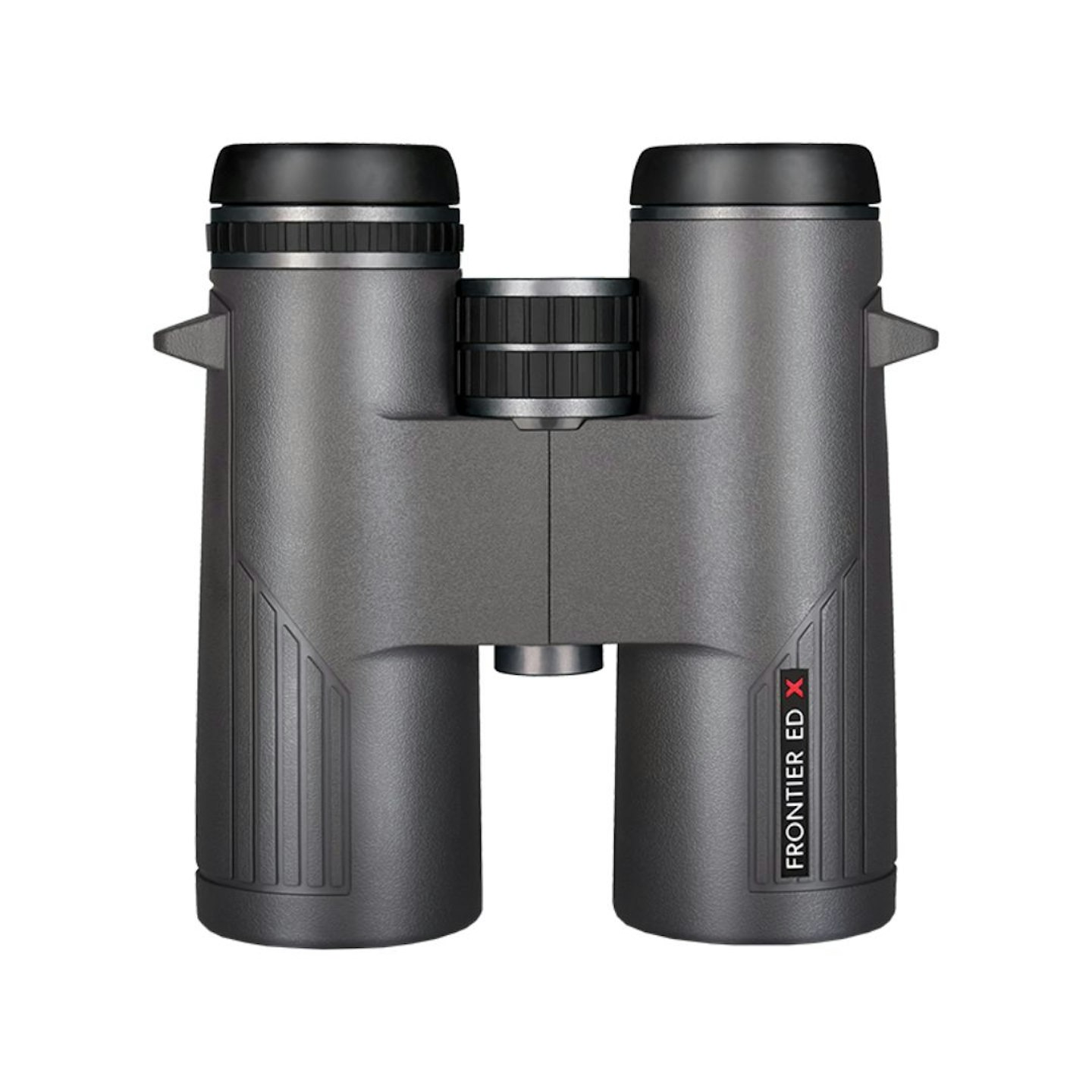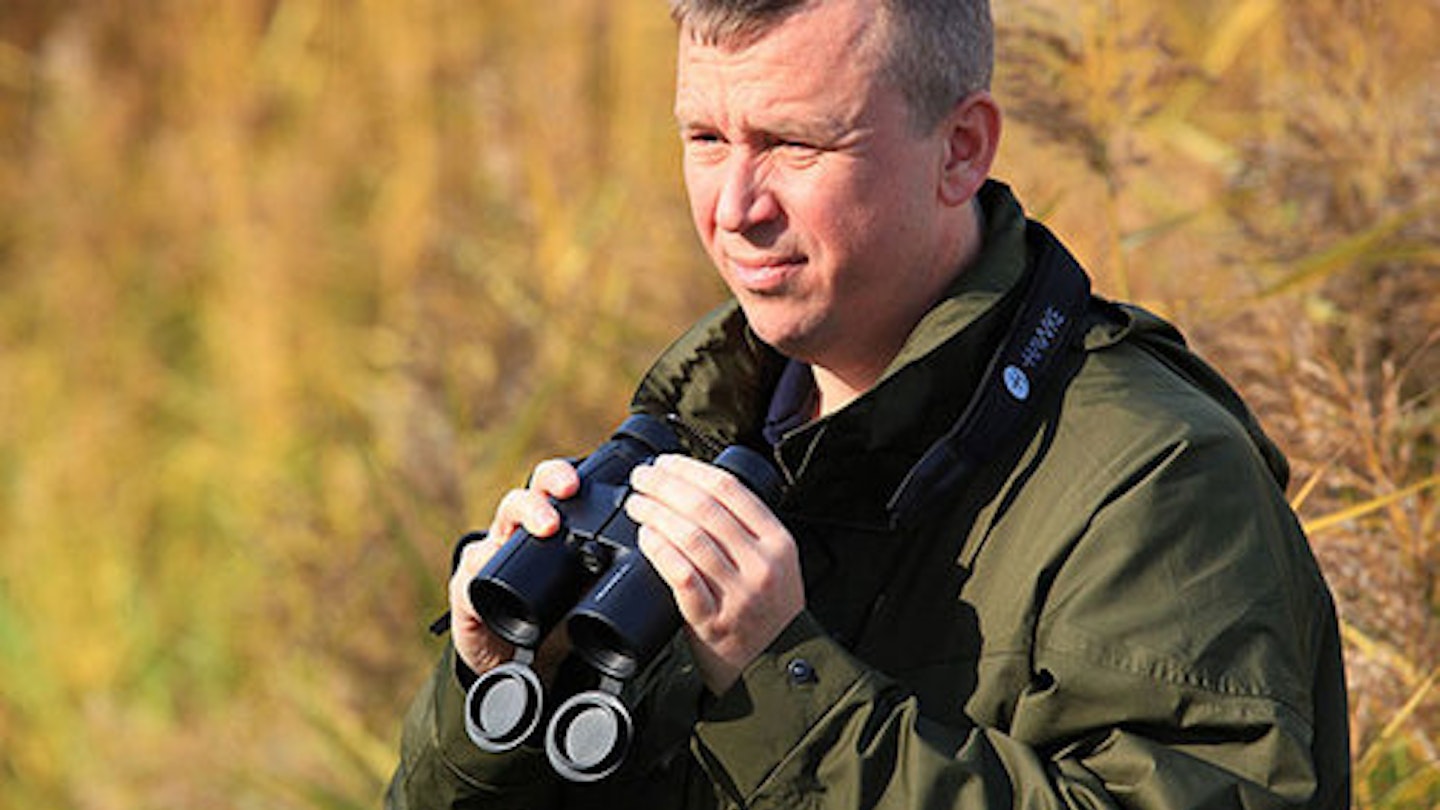It’S really not overstating the case to say that Hawke’s Frontier EDs, when they appeared a few years ago, revolutionised the budget end of the binocular market.
With their extra-low dispersal glass, they set something of a new standard for the quality of optics you could expect for under £300, and have consequently been popular ever since. So, can this closed-hinge version of the original open-hinge Frontiers (which are actually 8x43), compete with its predecessor?
Verdict - If you just can’t get on with open-hinge designs, or if you want a little less weight and size, or if you just want to save £100, these are a great alternative to Hawke’s 8x43 Frontier EDs – they’re also as good as, if not better than, anything else out there in the sub-£300 bracket at the moment.
Excellent all-round binoculars for anyone out there wanting to take the next step up from their beginner pair, and that's why they're included in our Best Binoculars for Birdwatching round-up.

Specification:
Field of view (@1000 m): 142m
Close focus: 2m
Eye relief: 18mm
Dimensions: 144mm x 135mm x 58mm
Weight: 680g
Warranty: 10-year
Hawke Frontier ED X 8x42 Binoculars review
The first thing to say is that, despite the lack of cutaways, they’re actually noticeably lighter than those 8x43s (and you don’t exactly have to drag those round with you, either). They’re compact, too, fitting very snugly in the hand, with sturdy rubber armour. They feel thoroughly well balanced.
Other design features include Hawke’s usual chunky (1.5 finger wide), well-ridged focus wheel, for extra grip in cold weather or with gloves.
It moves smoothly and moderately stiffly, taking around 1.7 anti-clockwise turns from close focus to infinity, and it was easy to find and maintain focus.
The dioptre ring, on the right barrel, is uncalibrated, but sets easily and stays in place without any problem.
The eyecups are covered in soft rubber, and twist up and down to three positions, and are comfortable to use, offering a maximum of 18mm of eye relief, while the removable objective lens covers are tethered to the chassis by means of little tabs – in extended use, they held on to the covers very firmly, without letting them ‘bounce’ up to obscure your view at a crucial moment. I’ve not always been a big fan of such things in the past, but if they’re done well, like here, I could easily be persuaded.
But what of the optics? Brightness, sharpness to the edges and a verytrue-to-life colour were the hallmarks of the original Frontier EDs, and that’s all present and correct here, too.
You feel like you’re getting the full benefit of the 142m@1000m field of view, with very little falling off of quality at the edge of the image, and it was extremely difficult to find any colour-fringing, even against strong sunlight – it only became noticeable once or twice when following a bird in flight.
Close focus is around 2m, which while not being exceptional these days, is more than enough to meet the needs of most birders.
You get some good accessories for your £250, too. As well as the aforementioned tethered objective lens covers, there’s a good rainguard, a wide neoprene strap, and an excellent leather carrying case.

